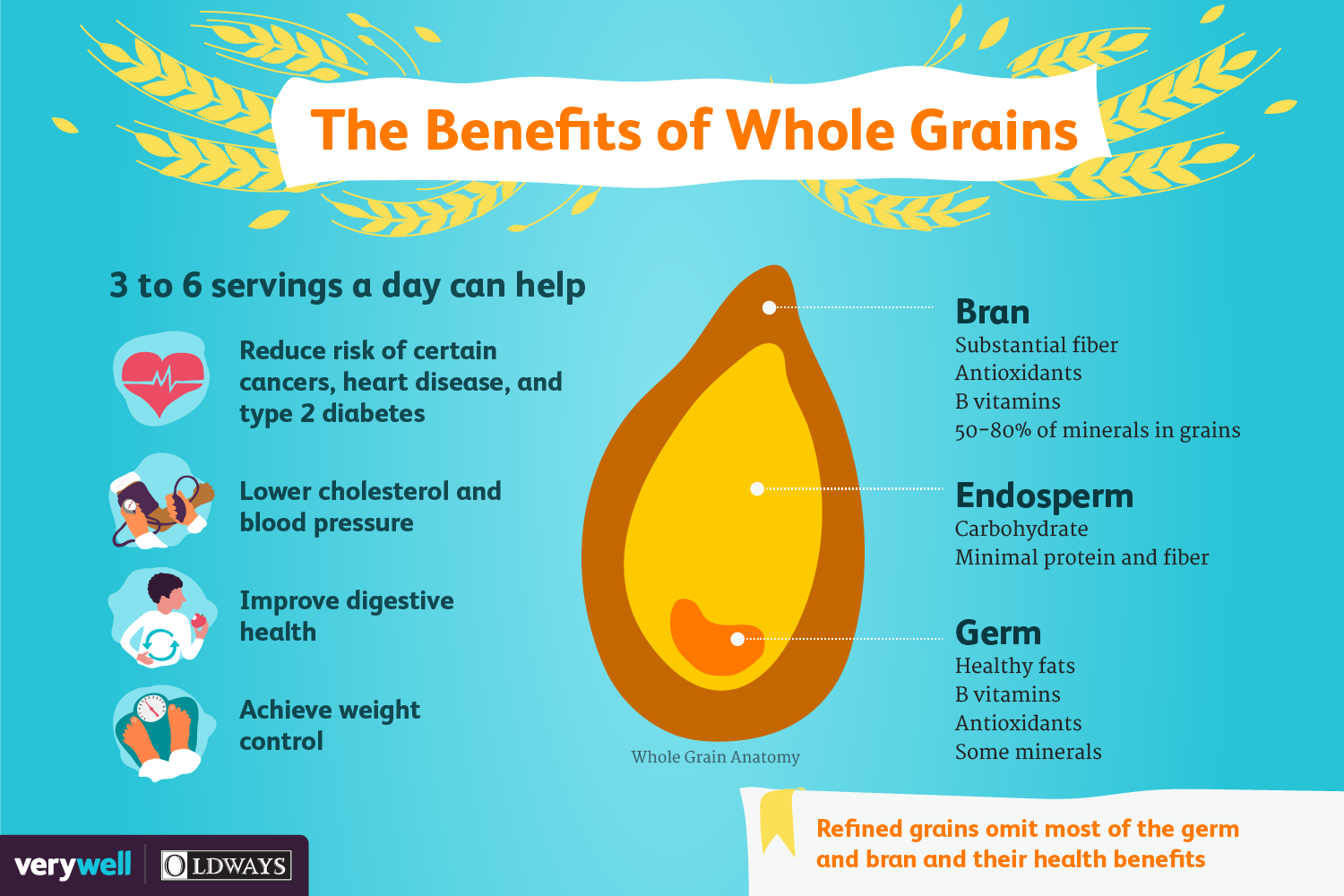
Many state and municipal governments have created or are planning programs for preventing obesity. These programs can promote healthy lifestyles and decrease body fat. These efforts can be coordinated by local governments, which will focus on the needs and wants of residents. A community fitness centre is one example of an initiative that local governments can take to reduce obesity. This is a great way to get kids moving and decrease calorie intake. A fitness center can also help a community remain healthy by providing facilities for physical activity.
Several state governments have taken steps to fight obesity. The government could set a sugar reduction goal for consumers to help improve their health. This goal can also be achieved by implementing a portion-reduction plan. This program can also benefit pregnant women or mothers of young children. These programs have many benefits for all ages, even the elderly. However, not everyone is aware of the benefits these strategies have in their own communities.

Although the federal government has been committed to nutrition and physical fitness for a long time, it has not paid much attention to obesity prevention. As obesity is the most important health indicator in America, programs should be focused to reduce it. The President's Council on Physical Fitness and Sports, along with the Partnership for a Walkable America, are developing a national initiative, Fit 'n Active Kids. America on the Move has been developed by the Partnership for Healthy Eating and Active Living. The program aims to prevent adult weight loss through increased physical activity and decreased caloric intake.
CDC grants are another way to fund obesity prevention efforts. These grants are used to support programs for persons with disabilities. The grant program of the CDC focuses on chronic diseases prevention and building local capacity. It is also able to help establish community demonstration projects. In FY 2003, twenty states were provided with grants by the CDC. It is possible that additional states will benefit from expanding the total grant funds to the state level.
There are many examples for public health programs that prevent obesity. The CDC provides funding to universities and states as well as communities for healthy eating and exercise. The CDC's website provides information about grantee programs as well as funding sources. It is important to note that public health programs do not address all causes of obesity. Some of the most effective programs do not address all causes of obesity. They can improve the overall health and well-being of the community by addressing the root causes.

New Jersey's Health Department is intensifying its fight against the bulge. It created the Office of Nutrition and Fitness, which coordinates programs to prevent obesity. Children and adults are considered the most important state in the country by the state. With so many obese and overweight children, it is vital that the government invests in nutrition education. The health of its citizens is at stake and its efforts should be supported by the federal government.
FAQ
How to Build Muscles Fast
It is important to eat healthy food and lift weights frequently in order to quickly build muscle.
When you're fresh and ready to do something, early morning is the best time for working out.
Do push-ups, bench presses, squats, and other exercises.
Use different weight training techniques and drink plenty water throughout the day.
How many times per week do I need to exercise?
It all depends upon how much time you have and what type or exercise you prefer. The general rule of thumb is to exercise aerobically 3 - 5 days per week. It's important that you don't overdo it. To get the best results from your exercise, it is important to be consistent.
Which exercises are best suited for me?
It all depends on your fitness goals. Some people focus on endurance activities like running, cycling, and swimming. Some people enjoy lifting weights and using resistance bands. There are many exercise programs on the market today. Find the best option for you.
How to Get Rid of Belly Fat Fast
There are several methods to rapidly reduce belly fat. One method is to eat less and drink lots of water.
You can also increase your metabolism through activities like running or swimming.
Sitting down too long is not a good idea if you want your belly to shrink quickly. Stand up often throughout the day. This will help to burn more calories.
There is an alternative option if you've tried all of these options and still have trouble losing belly fat.
This requires a belt. The belt fits around your waist and is tightened when you sit down.
As a result you'll feel uncomfortable and will be more mobile. This forces you to burn more calories and reduces your belly fat.
What is the best workout routine to build muscle?
There are two main things you must do when building muscle mass. These are isolation exercises and compound moves. Isolation exercises target particular muscles, while compound movements focus more on several groups at once.
The best way to improve your workouts is to choose exercises that challenge all your major muscle groups. This will ensure that you work hard every session.
To keep track of what you have done, use an app called MyFitnessPal. It can track everything from calories burnt to weight lifting. You can also create custom meal plans based on your goals.
What's a good routine for a daily workout?
Regular exercise is essential to staying fit. It doesn't matter what type of fitness activity you choose as long as you do it regularly. The most important thing is consistency. You must be consistent if you are to see results.
Begin by starting to do a little bit of physical activity each day (like walking). Gradually increase your exercise time until you are able to spend 30 minutes per day. This could include running, cycling, swimming, weight training, yoga, or aerobics classes.
It's important that you get your exercise done every day. If you have a reason to miss a session, don't skim it.
Wear appropriate clothing and footwear when exercising outdoors. Weather conditions can also affect your ability and safety to exercise.
When you exercise, make sure you are drinking plenty of water. Avoid alcohol consumption during this time as it can lead to dehydration. Avoid caffeine-rich drinks like coffee, tea, and coca. They will not only give you more energy but also dehydrate you.
You might feel tired when you start to exercise for the first time. However, if you continue with your program, you'll soon feel more energetic and refreshed.
Is Yoga Beneficial?
Yoga has been popular since ancient times. Yoga is very popular with celebrities as well as ordinary people who wish to be fit and healthy.
Yoga is great for strengthening and stretching your muscles. It also relaxes your mind and makes you calmer.
The main difference between yoga and other forms of exercise is that yoga focuses on breathing techniques.
Different poses can be practiced to increase flexibility and balance.
What does butter do?
Butter is one of the best sources of saturated fats. This type is beneficial for healthy skin and hair as well as stronger bones.
Butter also contains vitamin K, which prevents bleeding from cuts and bruises. Vitamin K works together with vitamin C to prevent bruising.
Butter is also rich with minerals, such as calcium and phosphorous. These minerals promote stronger bones, teeth, and teeth.
Butter is not without its flaws. Butter contains high amounts of cholesterol. Some studies show that consuming too much cholesterol may increase the risk of developing cardiovascular disease.
Butter is also high in saturated fat which can lead to obesity and higher cholesterol.
Butter can be spread on bread, but you don't have to dip it into soups or salads if you absolutely must. Bread absorbs more oil than potatoes or pasta.
Statistics
- The PRS enabled risk stratification for overall prostate cancer and lethal disease with a four-fold difference between men in the highest and lowest quartiles (HR, 4.32; 95% confidence interval [CI], 3.16-5.89). (pubmed.ncbi.nlm.nih.gov)
- 10 pounds in a month is likely during a lean bulking phase, especially for beginners. (muscleandstrength.com)
- According to the American Academy of Dermatology (AAD), men over 50 are at a heightened risk of developing it. (healthline.com)
- Are You One of the 20% of Guys (mh.co.za)
- By John Thompson Take a whopping 38% off a set of PowerBlock Pros. (menshealth.com)
External Links
How To
What nutrients does a man need daily?
Healthy growth and development of men requires healthy nutrition. The body requires vitamins and minerals, protein, carbohydrates, fats (fats), water, fiber, as well other essential elements.
The male body also requires specific nutrients at different times throughout the day. For example, when you sleep, your body uses energy from food to make hormones, antibodies, and enzymes. You use protein to build muscles and repair damaged tissue when you wake up.
Your body uses the night to break down fat and store extra energy as glucose. Your body requires fewer calories, but still needs enough nutrients. If you feel hungry, you can have a snack in the evening.
When you work out, you need adequate levels of carbs and protein to fuel your muscles. After a hard workout, muscle soreness may occur.
To avoid this, you need to eat carbs and proteins within two hours of training. Your body will break down stored glycogen to provide glucose for energy.
Also, protein must be consumed immediately after your workouts. This will prevent muscle tissue from being damaged while you sleep.
Lactic acid is produced by the body during periods of intense exercise. Your body can build up lactic acid in the bloodstream which causes fatigue. You can avoid this by eating carbohydrates-rich foods like fruits and veggies.
Carbohydrates offer your body the energy it needs for recovery from exercise.
A healthy diet should include lean meats such as fish, eggs and milk, cheese, yogurts, beans, seeds, nuts, and beans.
All these foods are high-quality sources of protein. Protein is important for muscle growth and repair. Protein is also necessary for the production of sex hormones such as testosterone.
Good skin, hair, and joint health requires adequate dietary fats. Healthy men need to consume between 20%-35% of their total calories from fat.
Fat helps protect your heart health and prevents cancer. Your brain also functions properly thanks to fat.
You can get most of the fat you need from vegetable oils like olive oil, sunflower oil, corn oil, soybean oil, peanut oil, and safflower oil.
These oils are rich in monounsaturated essential fatty acids (MUFAs). MUFAs lower cholesterol and decrease inflammation. They protect your cells against free radical damage.
Saturated fats (SFAs) are found mostly in animal products like meat, dairy products, and butter. SFAs can increase LDL ("bad") cholesterol as well as triglycerides. They are also good for weight loss and belly fat.
Polyunsaturated oil (PUFAs), which are plant-based, can be found in vegetable oils, nuts seeds, grains, and other plant-based products. PUFAs improve cardiovascular function and decrease inflammation. They help to control blood sugars and cholesterol.
Men with low HDL ("good") cholesterol often suffer from erectile dysfunction. A high intake of saturated fats leads to higher levels of bad cholesterol.
Men who eat a lot of red meat or pork develop prostate problems because they contain large amounts of nitrates. High temperatures can cause nitrates to become nitrosamines. These compounds can cause cancer.
Most processed meats contain nitrites and other harmful chemicals. Avoid them.
The American Heart Association recommends limiting red meat intake to two meals per week. Instead, opt for poultry, fish, legumes and tofu as well as whole grains bread and cereals.